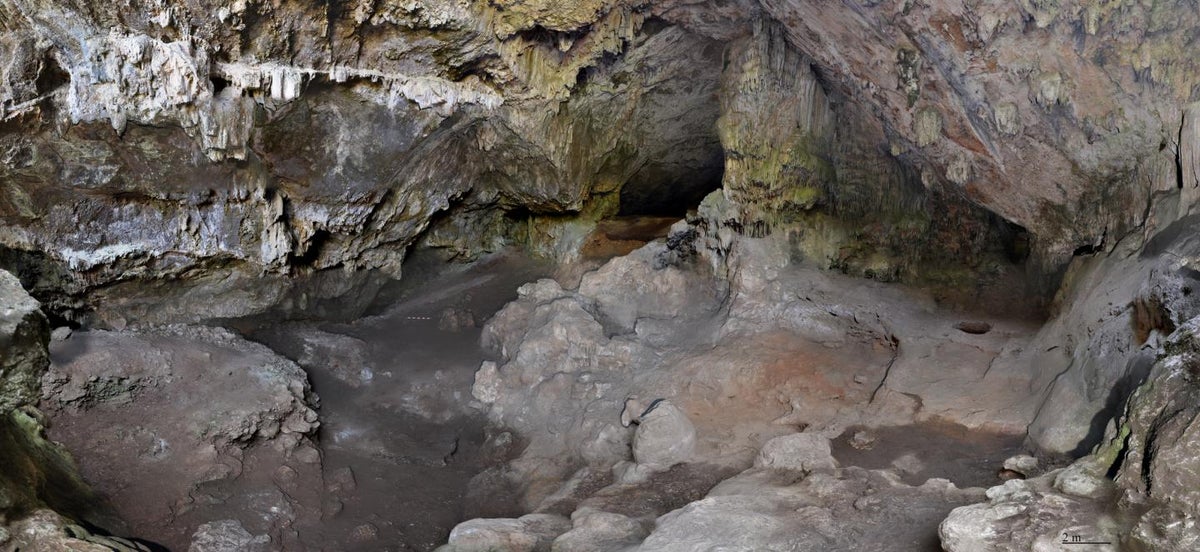
Archaeologists have found evidence that people buried around 6,000 years ago at mega stone tombs in Spain were defleshed and dismembered after death, a discovery that sheds light on strange funerary practices of the time.
The large stone tombs at Los Zumacales and La Lora in northern Spain – unearthed decades ago – were found to contain the remains of over two dozen individuals who lived during the fourth millennium BC.
A new study, published recently in the International Journal of Osteoarchaeology, analysed the burial practices linked with these tombs, looking at the social and natural processes behind the state of the remains.
The research has revealed that these ancient people’s bones were fractured and fragmented around or after the time of their death.
Scientists, including Angélica Santa-Cruz from Universidad de Salamanca in Spain, found that between 70 per cent and 90 per cent of the bones buried in the mega tombs had been fractured, including arm bones that had “butterfly-shaped” breaks.
Some of the cut marks and fractures found on the bones suggest they were likely made using stone tools after the remains were excavated.
Analysis of these bones has revealed signs of selection and manipulation of the remains, as well as the extraction of materials from the grave, archaeologists say.
“This evidence may be related to secondary reduction practices following the initial deposition of the bodies,” scientists wrote in the study.
While the exact motivation behind this funerary practice for the ancient people remains unclear, researchers suspect it may have been part of a “death management process” to accelerate the decaying process with some bones likely collected to be worshiped as relics.
Researchers could also not rule out the possibility of some of the evidence as signs of post-death cannibalism as past studies have reported many instances of the practice in ancient northwestern Europe.
However, “such a claim must be made with great caution”, archaeologists say.
Scientists call for more studies on bones from tombs in the area to better understand the funerary practices of the time.







